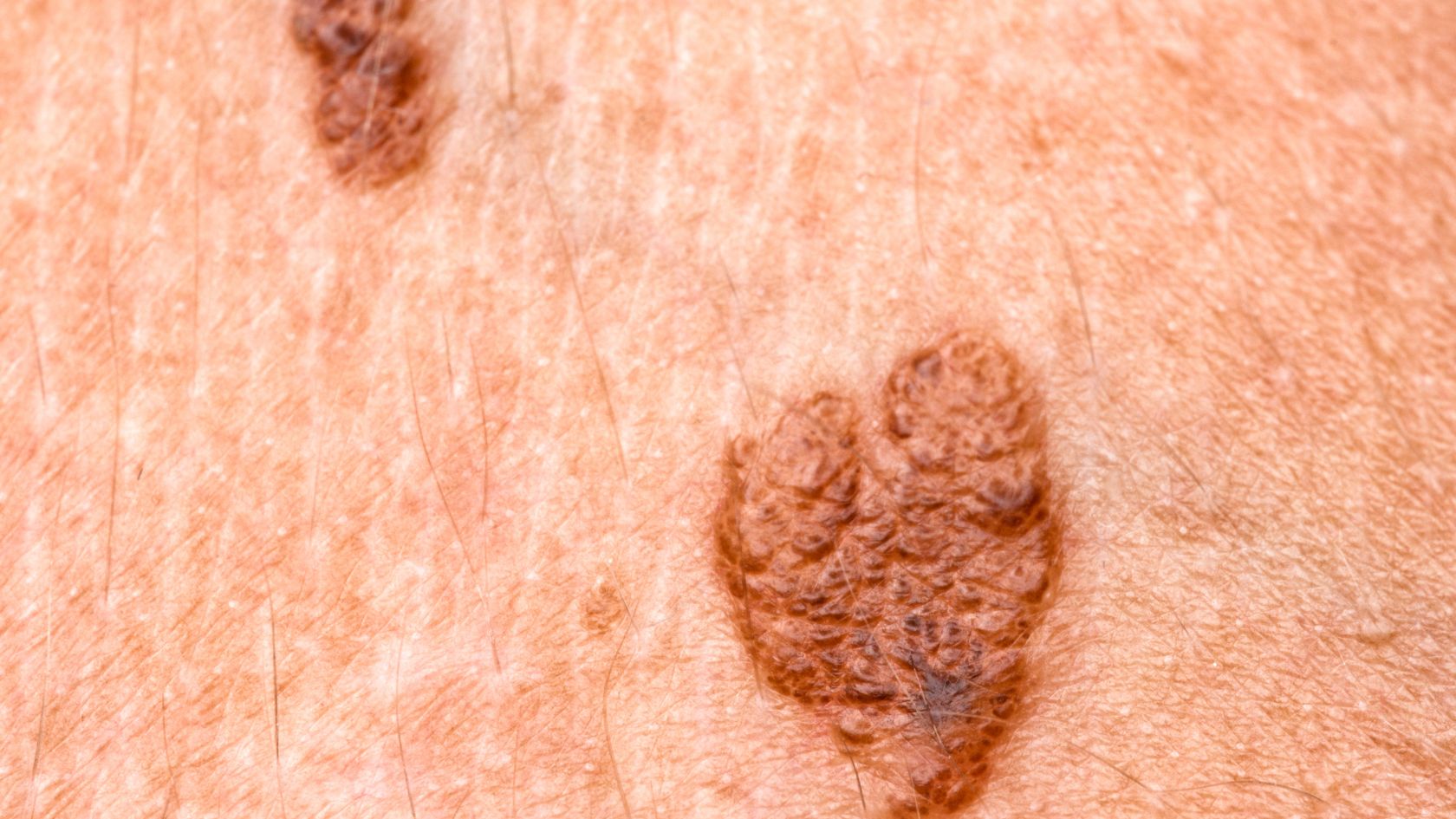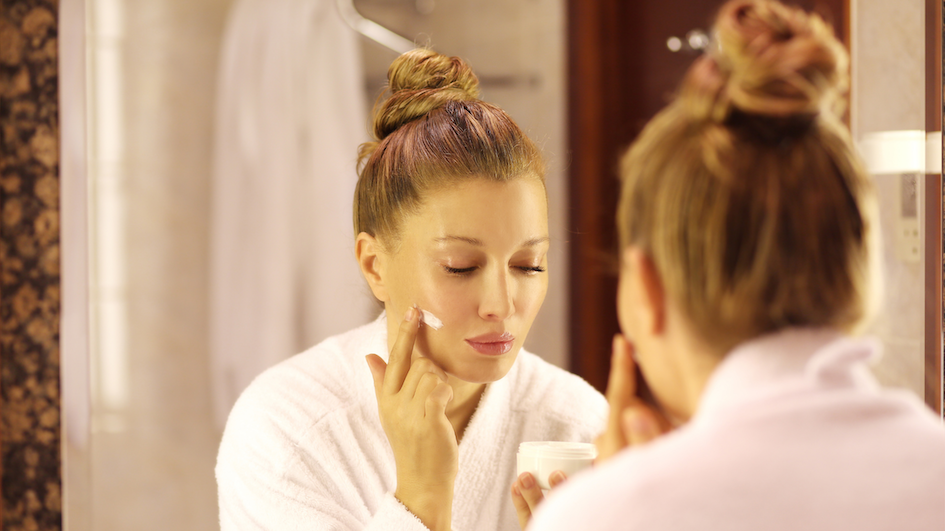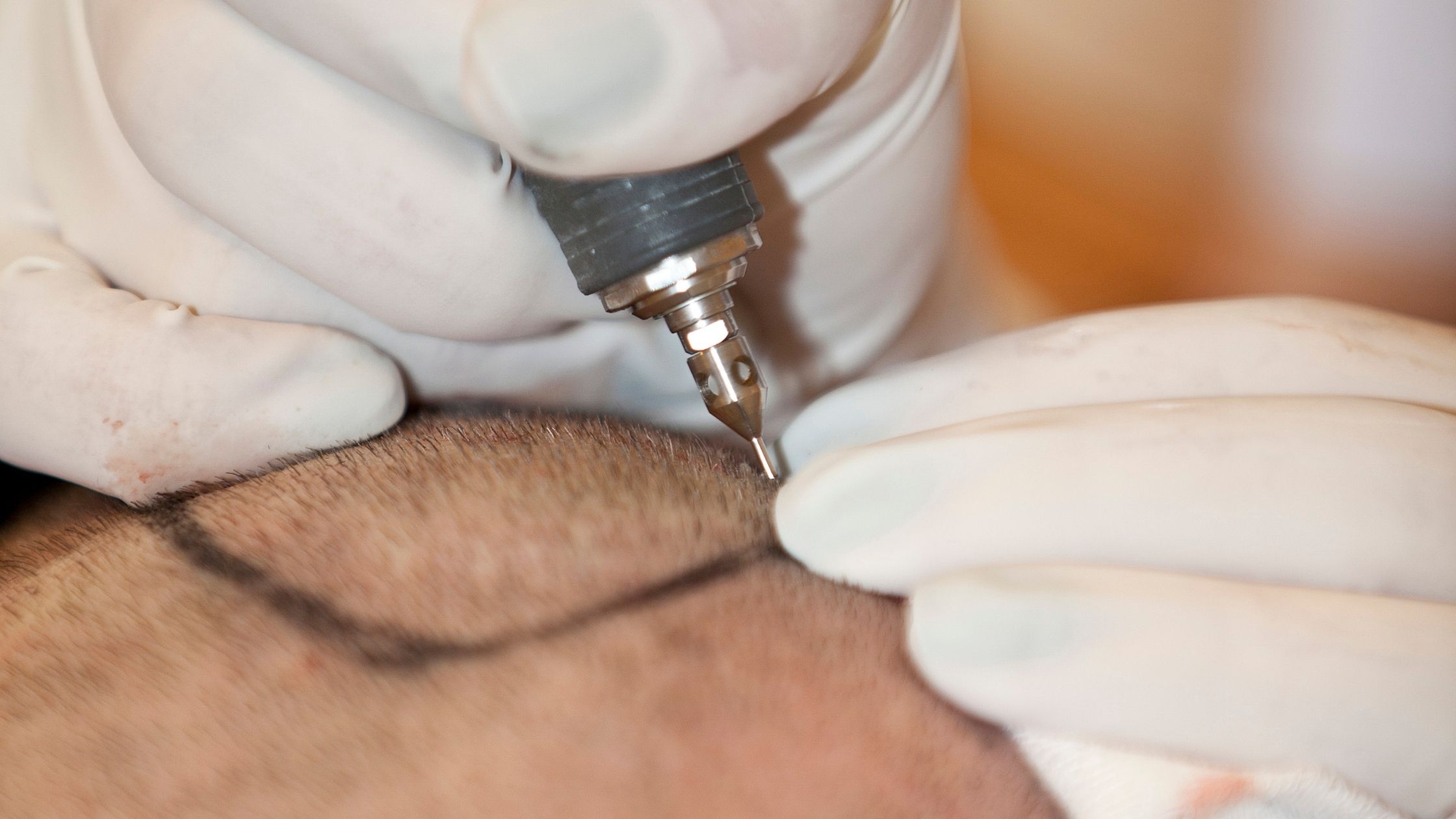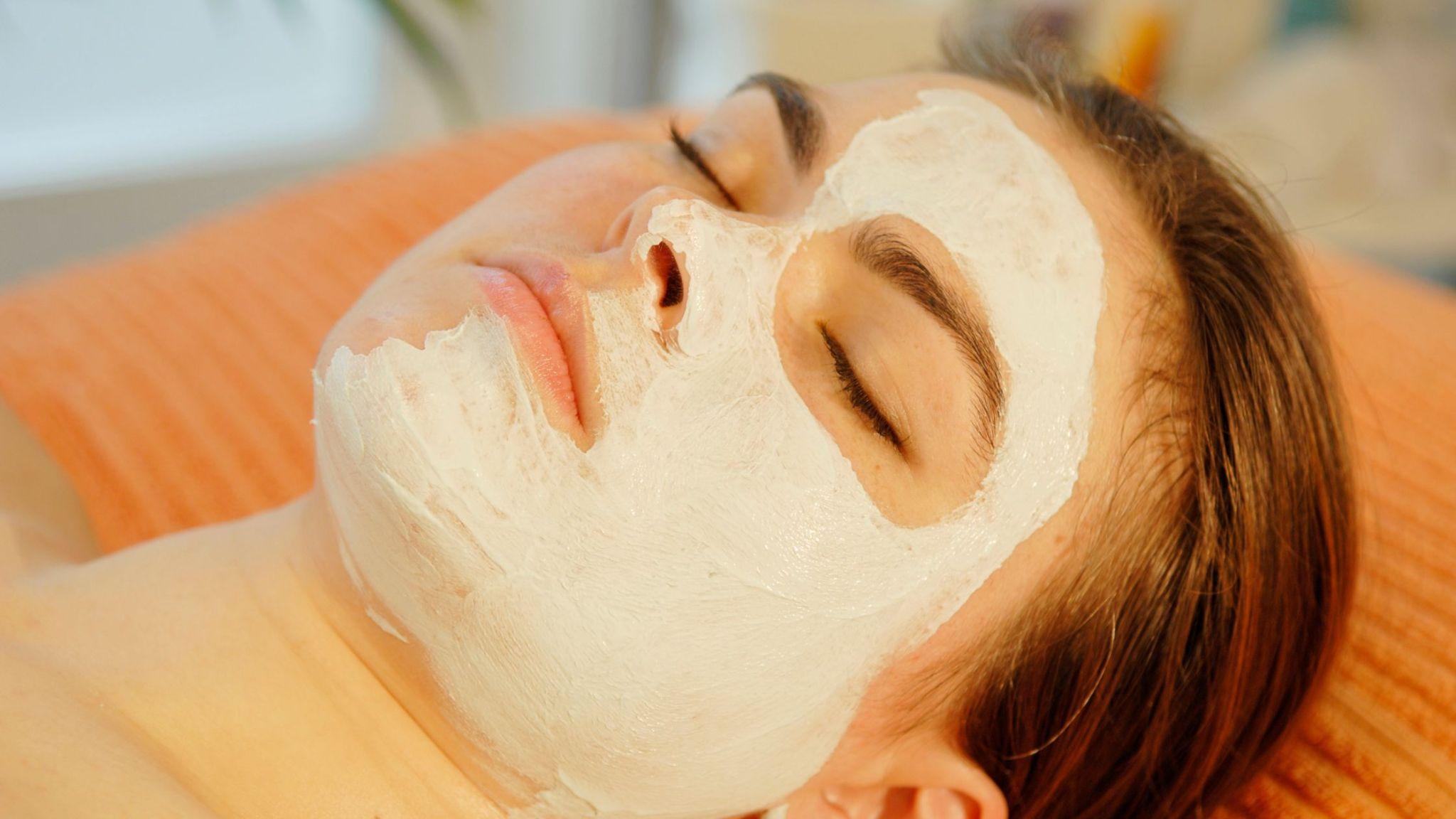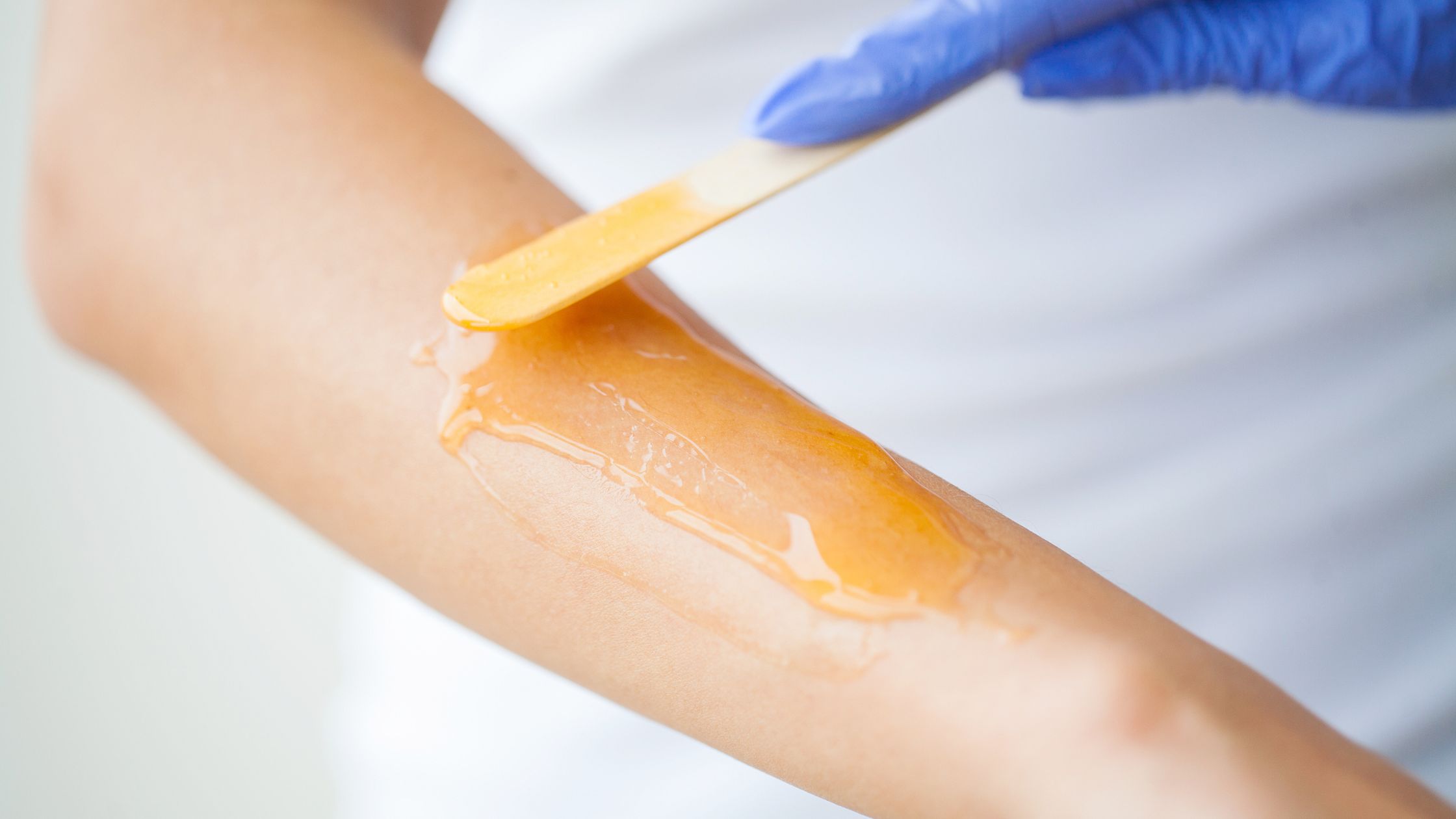Now there is a common misconception that both these treatments are interchangeable. Yes, agreed that both are minimally invasive and involve injections. But the similarities end there.
This post will help you understand how there is a world of differences between these two treatments and help you select the right one for your conditions.
What is Botox?
Botox is obtained from a bacteria known as botulinum toxin. Botox is quite deadly to humans when ingested in large amounts. However, it can be greatly beneficial to you when used in tiny proportions.
When the botox is injected into the system, it blocks the nerve signals in the muscles, which temporarily paralyzes or freezes them. Preventing the movements of the muscles in the face would help reduce, remove, or soften certain wrinkles.
What are fillers?
The dermal filler substances are usually injected beneath the skin’s surface to bring in fullness and add volume. Here are the substances that are used in dermal fillers –
- Hyaluronic acid
- Polylactic acid
- Calcium hydroxylapatite
- Polymethyl-Methacrylate Microspheres (PMMA)
- Polyalkylimide
Each of these fillers is designed to treat various signs of aging and other cosmetic issues. Depending on the type of fillers, they can last anywhere between 6 months and 2 years.
When to choose botox?
The botox usually works when you are trying to treat wrinkles that are caused due to movement of muscles. These dynamic wrinkles are also known as expression lines. The most common expression lines that botox can treat are the lines on the upper face, like crow’s feet around the eyes, “11” between the brows, and horizontal lines on the forehead. These lines are formed due to squinting, smiling, frowning, and other facial expressions.
Botox treatment is not suitable for wrinkles caused due to plumpness in the face, sagginess, and fine lines. These are often known as static wrinkles and include lines in jowl areas, cheeks, and neck.
When to choose dermal filler?
Dermal fillers are primarily used to reduce the aging signs in the face and skin. There are various types of fillers, each designed to treat specific signs of aging. For example, it can –
- Fill or enhance shallow areas on the face.
- Plump up thin lips.
- Soften or fill in wrinkles, specifically ones from the lower face.
- Decrease the wrinkles or shadows under the eye caused by the lower eyelids.
Various other static wrinkles that can be treated include those around the cheeks and the mouth. These wrinkles appear due to aging factors like reduction in the elasticity of the skin.
Risks and side effects associated with Botox and Fillers
Botox is considered safe by The American Society of Plastic Surgeons (ASPS). In 2015 alone, around 6.7 million botox procedures were performed. As botox is not permanent as it wears off over time, so do its side effects. Most side effects associated with Botox are temporary. Here are a few side effects of botox.
- Drooping of eyelids
- Paralysis of nearby muscles
- Dry mouth
- Headache
- Nausea
- Flu-like symptoms
- Trouble swallowing or breathing
- Blurry vision
Sometimes the treatment might also not produce the necessary results due to antibodies fighting the toxin, but this happens in less than 1% of the cases (mostly to people who have repeated Botox treatments). Patients are also advised not to rub or massage the treated area as this can lead to botox spreading to nearby areas, which will lead to various problems.
The most common risks associated with fillers are:
- Itching
- Skin rash
- Swelling
- Bruising
- Reddening
- Asymmetrical appearance
- Overcorrection of wrinkles
- Blindness or vision problems (very rare)
Conclusion
Every year millions of botox and filler procedures are carried out around the world, and they are very safe procedures. When these procedures are performed by an experienced medical professional, the side effects occur in less than 1% of the patients. And even those are minor ones. Want more details about dermal fillers and botox treatment? Click here.
Or book an appointment with us now.







